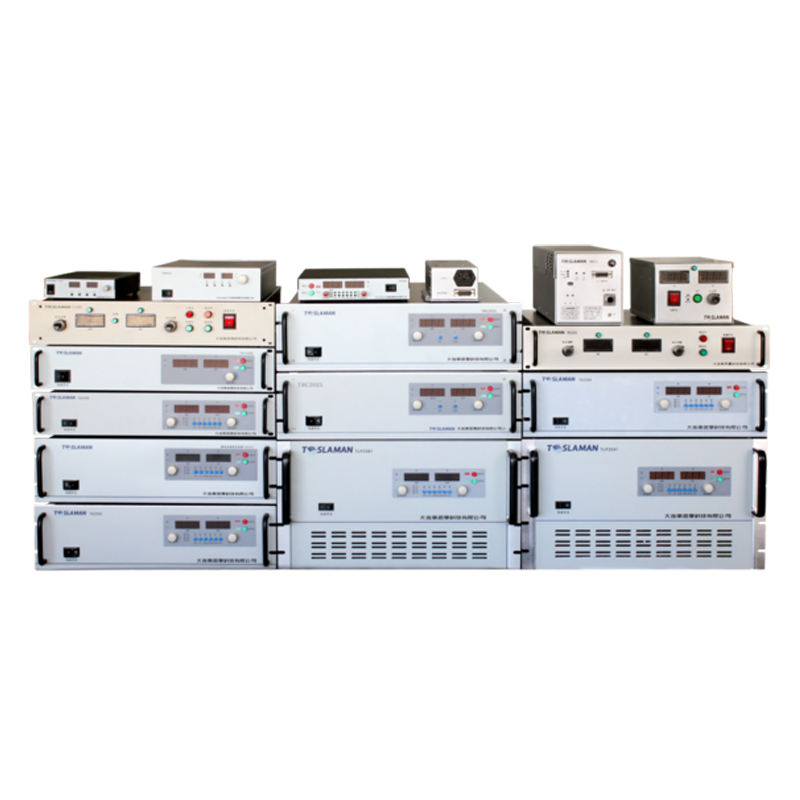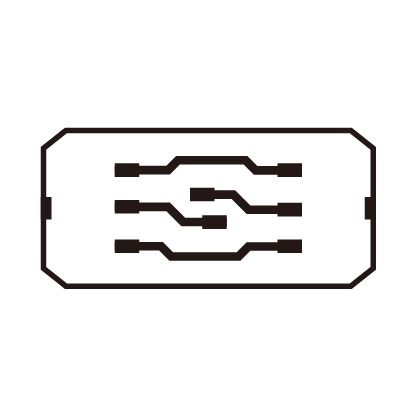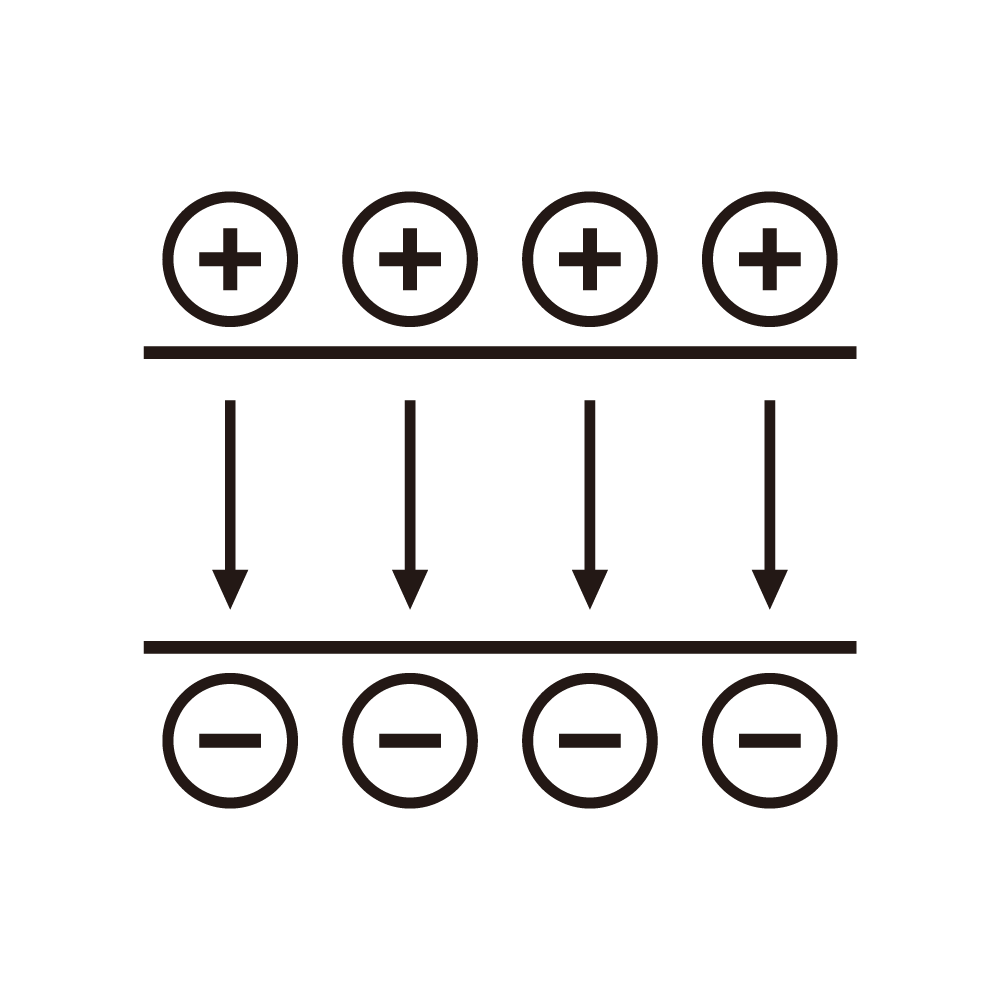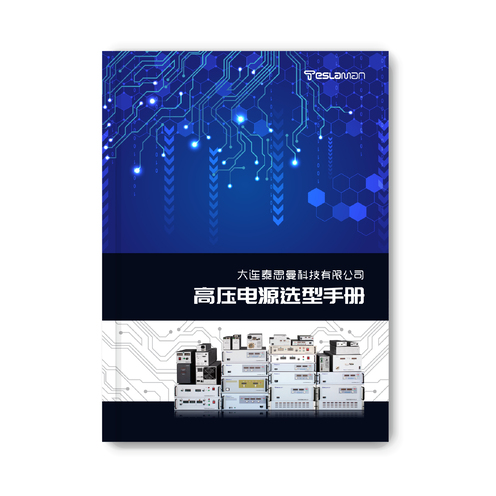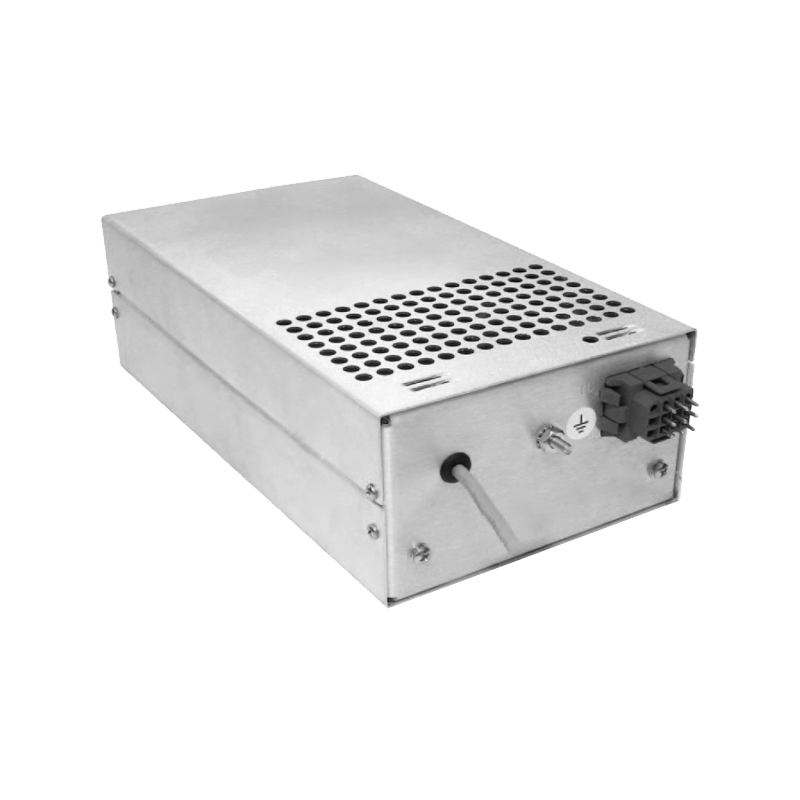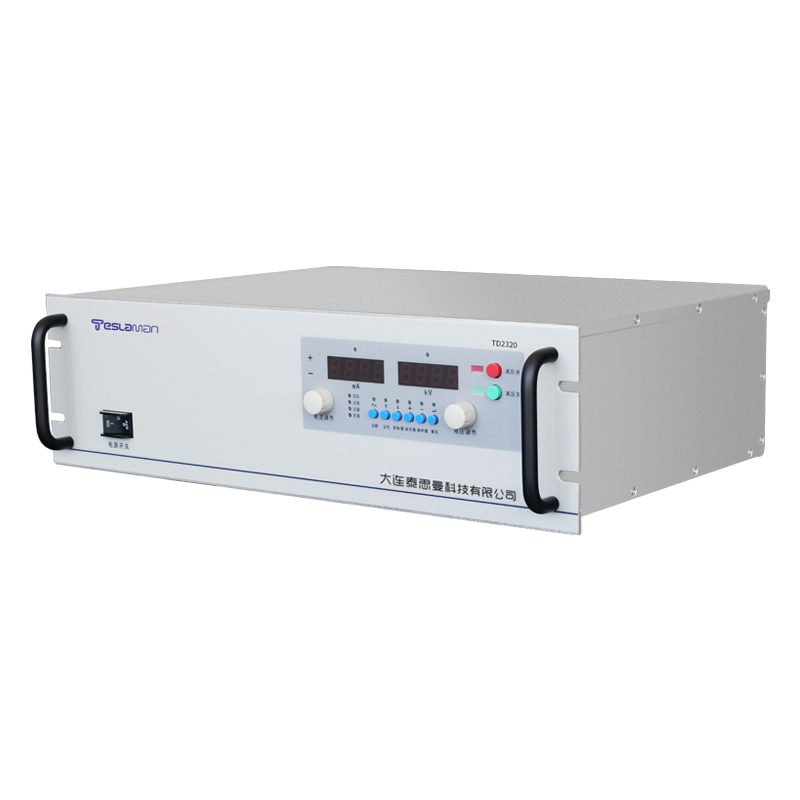Expansion of Standard Rack - Mounted High - Voltage Power Supplies
In the era of rapid technological development today, standard rack - mounted high - voltage power supplies, as key equipment widely used in scientific research, industrial production and other fields, the expansion of their performance and functions is crucial for meeting the growing diverse needs. Standard rack - mounted high - voltage power supplies, with their standardized form factor and structural design, are convenient to be integrated into various equipment systems. However, in order to better adapt to the ever - changing application scenarios, it is imperative to expand and optimize them.
Functional Expansion
Multi - Voltage Output Expansion: Traditional standard rack - mounted high - voltage power supplies may only provide a single - voltage output, while the expanded power supplies can achieve multi - voltage level outputs. By adding transformer windings with different turns and corresponding rectification and filtering circuits, it is possible to simultaneously output multiple high - voltage values with different amplitudes, meeting the requirements of various loads for different voltages. For example, in the semiconductor manufacturing process, different processing steps may require high - voltage power supplies with different voltages. A rack - mounted high - voltage power supply with multi - voltage outputs can integrate multiple functions, simplify equipment configuration, and improve production efficiency.
Intelligent Control Function Expansion: The introduction of advanced microprocessors and communication modules enables standard rack - mounted high - voltage power supplies to have intelligent control capabilities. The power supply can interact with the host computer through communication interfaces such as RS485, CAN bus, or Ethernet to achieve remote monitoring, parameter setting, and fault diagnosis. Operators can real - time understand the working status of the power supply, such as output voltage, current, power and other parameters, at the remote terminal and adjust them according to actual needs, which greatly improves the convenience and flexibility of operation. At the same time, the power supply can also automatically complete some complex operations according to the preset program, such as the gradual change of voltage, timed on - off, etc.
Performance Improvement
Increasing Power Density: By adopting new - type power devices and optimized circuit topologies, the power density of standard rack - mounted high - voltage power supplies is increased. For example, using wide - bandgap semiconductor devices such as Silicon Carbide (SiC), which have the advantages of low on - resistance and high switching speed, can effectively reduce power losses and achieve higher power output in the same volume. In addition, optimizing the heat - dissipation design of the power supply and using efficient heat - dissipation materials and structures, such as liquid - cooling systems, can further increase the power density, enabling the power supply to output greater power within the limited rack space.
Enhancing Stability and Reliability: In the design and manufacturing process of the power supply, redundant design and fault - tolerance technologies are adopted to improve the stability and reliability of the power supply. For example, redundant power modules are set in key circuit parts. When one module fails, other modules can automatically take over the work to ensure the normal operation of the power supply. At the same time, the suppression of internal electromagnetic interference in the power supply is strengthened. Through reasonable shielding and filtering measures, the impact of external interference on the power supply performance is reduced, ensuring that the power supply works stably in a complex electromagnetic environment.
Structural Optimization and Expansion
Modular Design Expansion: Further promote the modular design of standard rack - mounted high - voltage power supplies, dividing the power supply into multiple functional modules, such as input modules, power conversion modules, output modules, and control modules. Each module has independent functions and standardized interfaces, which can be easily plugged and replaced. In this way, when the power supply fails, only the corresponding module needs to be replaced to quickly resume normal operation, reducing maintenance costs and repair time. At the same time, modular design also facilitates flexible configuration according to different application requirements, improving the versatility of the power supply.
Size Compatibility Expansion: On the basis of maintaining the standard rack form factor, optimize the internal structural layout of the power supply so that it can be compatible with internal components of different sizes. In this way, without changing the external installation dimensions, different specifications of power devices and other components can be selected to meet the application requirements of different power levels and performance requirements, improving the applicability and market competitiveness of the power supply.
The expansion of standard rack - mounted high - voltage power supplies covers multiple aspects such as functions, performance, and structure. Through continuous innovation and optimization, it can better meet the needs of various application scenarios and promote the technological development and progress of related fields.
